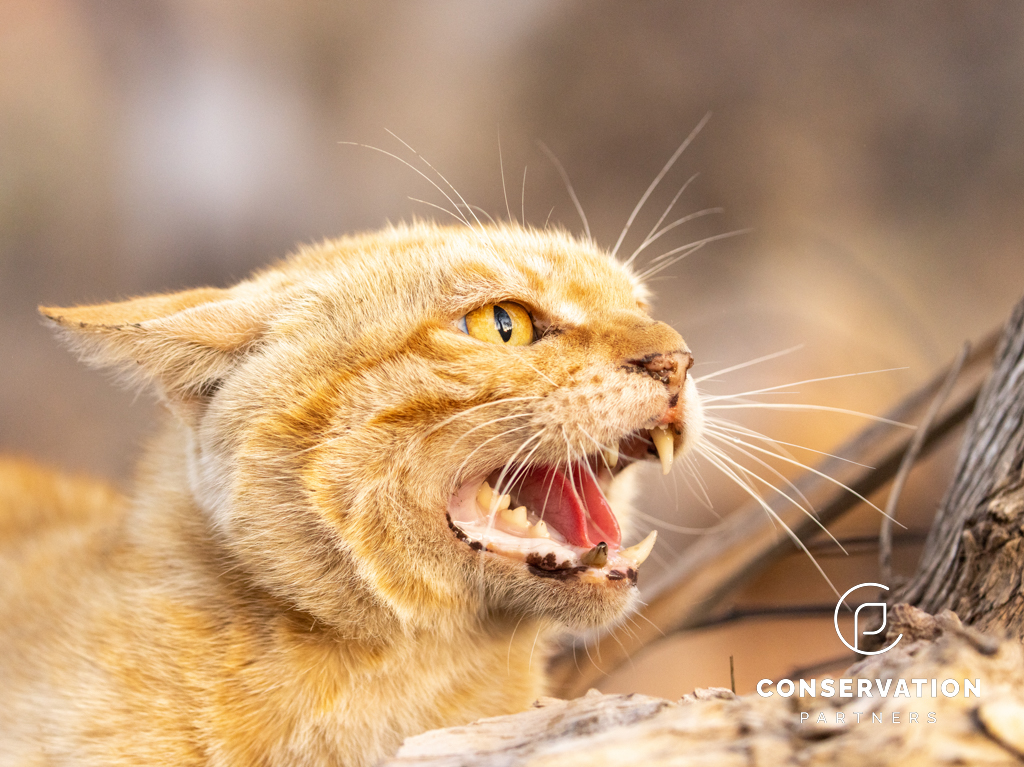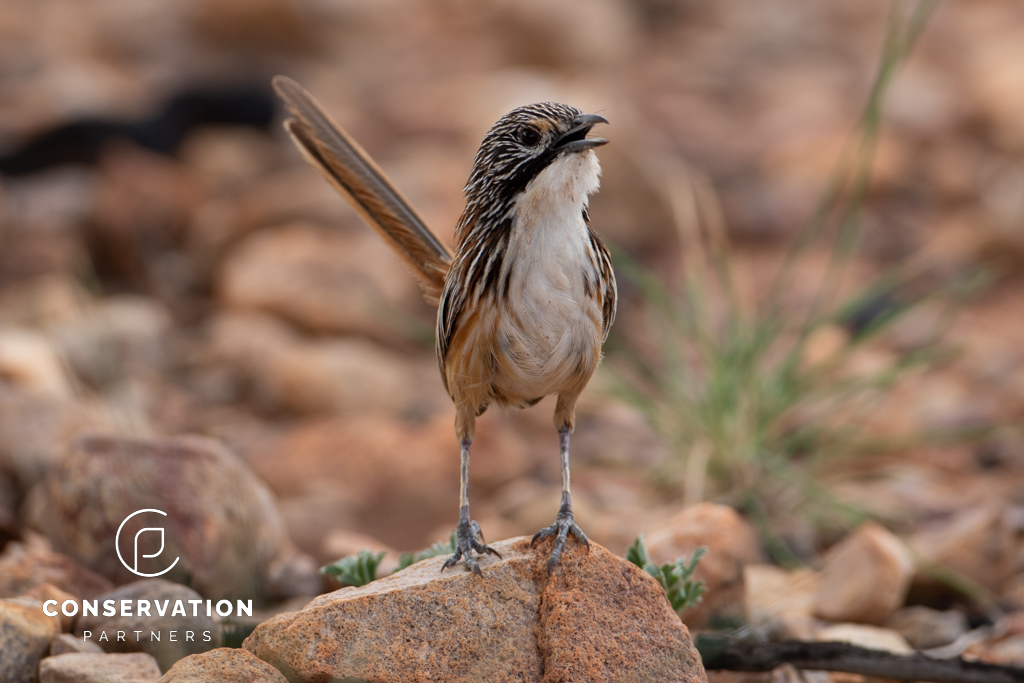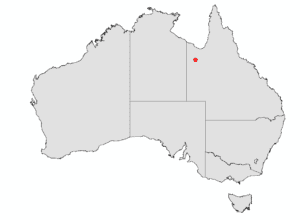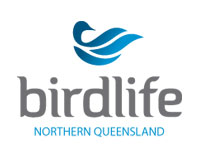CHIDNA'S FERAL CATS
Left - Buried soft jaw foot hold trap
Right - Steve is installing a soft jaw foot hold trap.
In Australia, feral cats are a problem without a solution. It's estimated they kill more than 1.5 billion native animals every year. Cats are live prey specialists and will eat any and all types of animals.

Tracking map of five tracked feral cats in June 2024 at Chidna Station.
If we are truly going to look after our native wildlife, we have no choice but to confront the issue of feral cats in Australia and work out better ways to manage them.
The reality is that we do not have effective tools to eradicate cats across large areas. But we can manage their impact at specific and strategic locations. On Chidna, this includes the rocky refugial habitats of the Carpentarian Grasswren.

UNDERSTANDING THE ENEMY
On Chidna, we are collecting the ecological information needed to make informed management decisions. We need to know how far cats are likely to travel, whether they hunt day or night, and how this relates to season, and their likely movement pathways. We also want to know if cats spend more time hunting near unburnt refugia. Site specific information like this will enable us to tailor our management tools to suit the local ecology of cats. We’re doing this using GPS tracking of individual animals.


SOFT JAW FOOT HOLD TRAPS
We have found that soft jaw foot hold traps - baited with cat urine and faeces - is by far the most efficient way of catching cats. Soft jaw traps are placed under dirt such that nothing appears above ground to make cats wary.
We also use gloves and kneeling sheets to eliminate human odour. We also find that broadcasting the sound of cat increases trap success as it lures feral cats closer to the traps.
We operate within a very strictly defined protocol that is overseen by a 3rd party animal ethics committee. When used properly, soft jaw foot hold traps are unlikely to cause injuries. This is critical from a welfare perspective, but also important given we are studying the movements of cats and so we need to make sure they behave normally.
Left: A speaker emits the call of a cat to attract feral cats to the trap.
Right: Henry and Steve fitting a GPS collar on a cat.


One of the five feral cats fitted with a GPS collar in June 2024.
GPS COLLARS
We check the traps every morning and if a cat is found, we use our newly developed handling technique which involves securing the cat to a sheet of mesh using wide plastic cable ties. This method is safer for the cat and for us. Sedatives are not used so animals are release in an alert state. After recoding weight and other basic morphometrics, a GPS collar is fitted and then the cat is released again within minutes. The Chidna collars are programmed to take a GPS fix every 15 minutes for a full 24 hour cycle every 10 days. The collars should operate for about a year, at which point cats will be humanely euthanized by tracking and shooting, as per our ethics protocols.
Carpentarian Grasswren are found on Chidna.

On Chidna, we have now fitted collars to eight cats, including five in June 2024. The emerging information shows large home ranges and sporadic movements of more than 40km, which underscores the immense challenge before us. But interrogating these data is also helping to identify opportunities such as optimising trap placement along valley bottoms where cats are more likely to travel. Coupled with a thorough understanding on the locations of threatened species – such as Carpentarian Grasswrens – we are more likely to be able to reduce the threat posed by cats. It’s not about eradication, it’s about working smarter with very specific objectives.
Stay tuned for more updates about Chidna's feral cats, as we continue to receive data over the next nine months.







